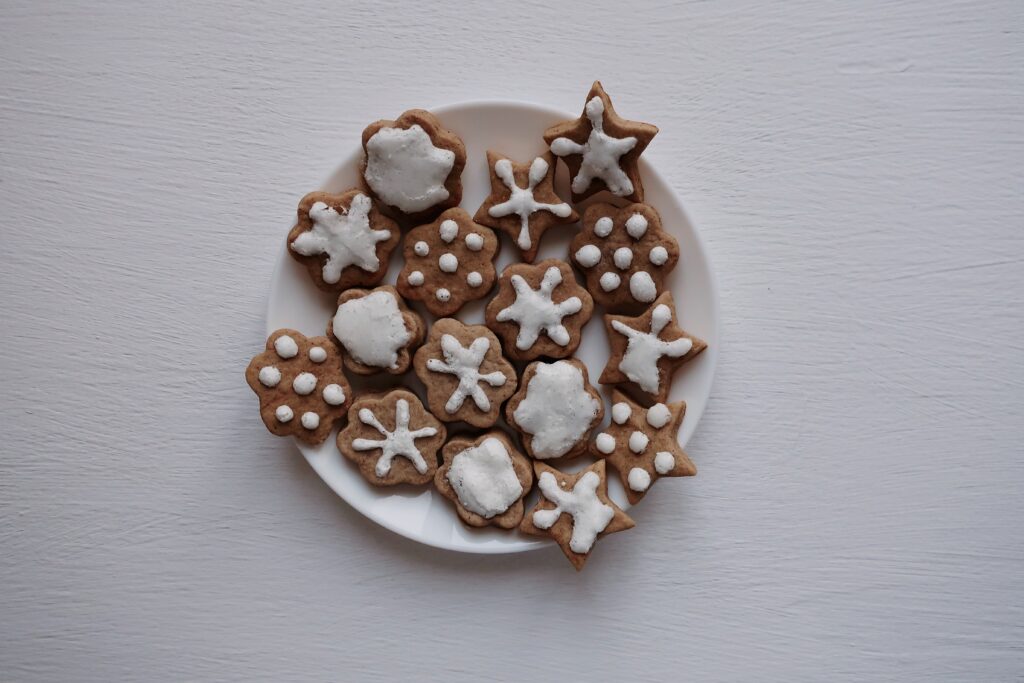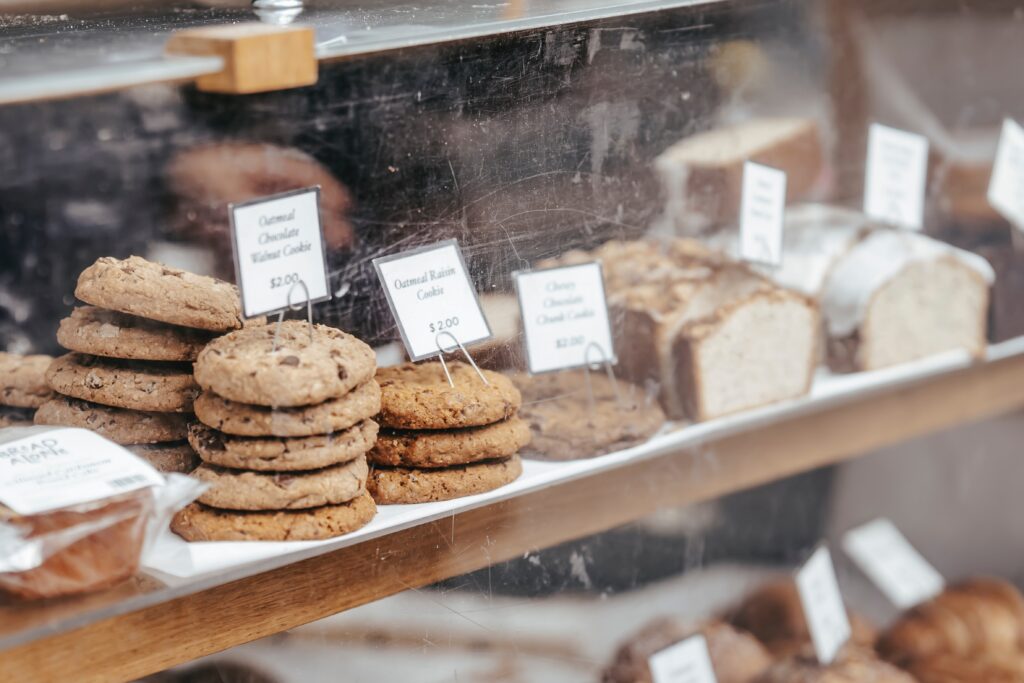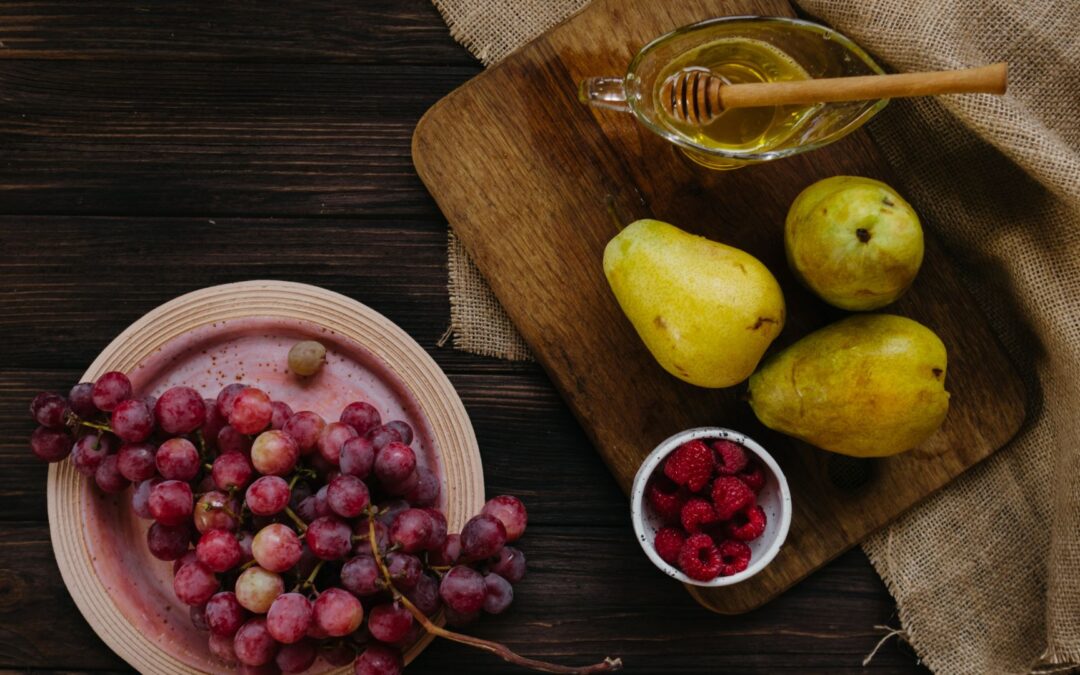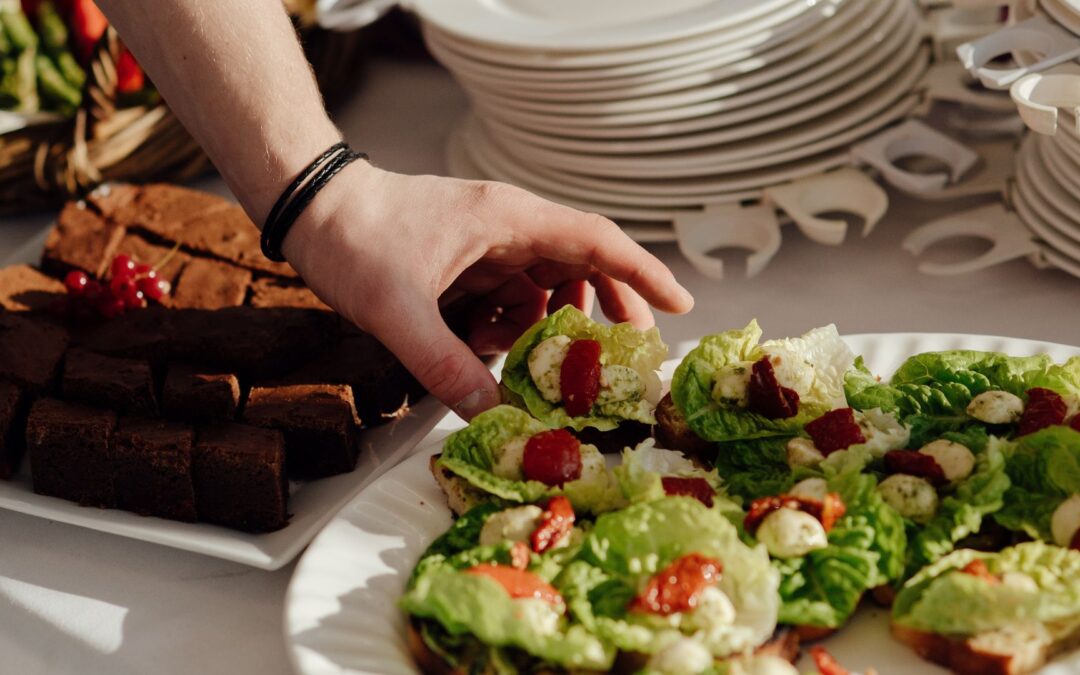There is a Norwegian proverb that ‘cookies are made of butter and love.’ If there were an Olympic podium for the most consumed foods in the world, the first place would be occupied by bread, while in second place, we would find our beloved cookie. There are many kinds of cookies like sweet, salty, spicy, filled, dry, light, elastic, fluffy, crunchy, with thousands of different shapes (even as thin as wafers), bathed in multitudes of flavours, simple and very elaborate. There are probably thousands of different cookies in the world, and in each country, they are the main protagonists of many of its parties. In its most basic definition, we could say that it is a baked dough whose main ingredient is flour, butter, or another type of fat, sugar, and often eggs. You certainly don’t have to be a cookie monster to go crazy over them.
A little history
According to the book Cookies and Crackers (Time / Life Books, 1982), cookies were the basis of soldiers’ diet at the time of the Roman Empire. In those days, they were not sweet and consisted of flat, thin, hard, and square wafers that were kept better than bread. It is believed that the first sweet cookies arose by serving as a test of the oven temperature before making cakes, so they were not cookies as such. They emerged in the 7th century in Persia, one of the first countries to cultivate sugar.
Cookies were one of the staple foods on Columbus’s journey in 1492. At the end of the 14th century, one could buy wafer-shaped cookies on the streets of Paris, and later Renaissance cookbooks contained many cookie recipes, which became very popular in the 17th century. The Dictionary of Nutrition and Food Technology states that “cookies are essentially products with very little moisture, made with flour, rich in fat and sugar, with a high energy content.” This same dictionary points out that the English name “biscuit” derives from the Latin “bis coctum,” which means that it has been cooked twice, which explains its low water content. The Spanish word biscuit comes from the French galette.

Tell me which cookie you like, and I’ll tell you which country you are from.
Some cookies are a true icon of their country since they symbolize some of the most deeply-rooted traditions of its inhabitants. As you probably haven’t tried them all, here are some of the best-known:
The coveted macarons are exquisite and crunchy French cookies (of Italian origin) formed by two cookies joined by a tender cream ganache, made with egg white, ground almonds and sugar. French macarons as we know them today were devised in the 20th century. There are different flavors and fun and striking colors (chocolate, lemon, raspberry, pistachio, chestnut, coconut, orange, dulce de leche, vanilla, lime, coffee, blueberry).
Suppose you have had the opportunity to walk through the Christmas market in Nuremberg, Germany. In that case, you will have been able to taste their famous Lebkuchen, a soft and spicy gingerbread cookie, or pepper, in the case of Pfefferkuchen, with a slight touch of walnut. They can be rectangular or round and are generally made with spices of anise, coriander, cloves, ginger, cardamom, and allspice that provide a spicy aroma and dried fruits, including almonds hazelnuts, and walnuts, to give it crunchy touch. Similar recipes are found in ancient Egypt; however, the first to give it a more creative twist were the professionals from the Lebkuchen guild in Nuremberg.
In the Netherlands, the Stroopwafels are all a national sweet is made by combining two halves of flat waffles and round with a diameter of 8 cm, filled with caramel syrup or partially covered by chocolate on occasion. When placed on top of a hot cup of milk or even mulled wine, the heat softens the caramel filling, bringing out the aroma of cinnamon and nutmeg.
In any cozy Viennese cafe, you can savour the Austrian Vanillekipferl or vanilla half-moons with ground almonds, walnuts or hazelnuts, sprinkled with sugar.
The quintessential American cookie is the medium-hard, crunchy, sticky chocolate chip cookie with delicious chocolate chips that surprise you by melting in your mouth with each bite. It was invented in 1937 by Ruth Graves Wakefield.
The Australian and New Zealand Anzac cookie is made with rolled oats, with two different types of coconut and cane syrup. Originally called “Soldier’s Cookie” during World War I, when the mothers and wives of Australian and New Zealand soldiers sent cookies to troops overseas, Anzac Cookies, or “Bikkie” are Australia’s national cookies.
In Greece, Koulourakia cookies are named for their twisted shape. These golden, vanilla-flavoured, sesame-sprinkled shortbread are shaped like a figure of eight, braided circle, crown, horseshoe, crooked fork, or Greek letter and are typically eaten on Orthodox Easter.

The maple leaf cream cookie or maple leaf cookie is not only named after the national symbol of Canada, but it is also the quintessential Canadian cookie. This rich cookie filled with cream is not only enjoyed on the national holiday but throughout the year.
Hungarian barátfüle are triangles filled with jam and covered with fried breadcrumbs. They were invented by a German chef named Freund, who called the cookie “pockets full of Freund,” according to Krisztina Maksai, author of the book ” European Cookies .” Today, barátfüle translates as “heard from a friend.”
Italy cannot conceive of having coffee or wine without accompanying them with their biscotti, also called cantucci. These crunchy cookies were already a staple of the Roman army diet. They are cooked twice and can be flavoured with nuts, seeds, and fruits. They are traditionally dipped in sweet wine.
Who does not know about the famous Danish butter cookies? Surely more than one store’s things in their round metal boxes. These simple cookies are made with butter, flour, and sugar and shaped like circles, squares, rings, or pretzels.
In the UK, tea time is always accompanied by custard cream cookies. This cream-coloured cookie was created about a hundred years ago, and its custard-like English cream filling makes it one of the tastiest cookies in the country. Its elegant geometric design takes us back to the Victorian era.
The delicious Mexican coyota cookies are large, flat, and filled with brown sugar, piloncillo (sweet prepared from syrup or non-distilled juice of sugar cane), and other ingredients such as pears, apple, coconut, or guava. They are typical of the states of Sonora and Sinaloa, and their origin dates back to the 19th century.
Iraq is sadly topical for other reasons, but its national cookie called kleicha is a delicious symbol of the hospitality of its people. It is often shaped like a crescent, made of cupcakes rolled or cut in circles. Its most popular fillings are dates, walnuts, coconut, and sesame seeds, and the cookie is often flavoured with cardamom and rose water—a whole trip to the East.
In the Philippines, they eat some cookies called puto seco (I know I did not invent the name, puto means cake in Tagalog). This fluffy white steamed rice cake is eaten with butter or grated coconut for breakfast.
And what about the Argentine alfajores, those delicious cookies filled with dulce de leche? Their name comes from the Spanish-Arabic al-hasú, which means ‘the filling.’ They arrived in America in the colonial period. They are normally coated with chocolate or icing sugar.
In Sweden, pepparkakor is made with maple syrup and cut in the shape of a star, heart, or animal-like goats or pigs. They are very spicy and thin. At Christmas, they are used as decorations for the tree. Tradition states that if you place the cookie in the palm of your hand, make a wish, and then use the index finger or thumb of the other hand to hit the centre of the cookie, breaking it into three pieces, your wish will come true.
Speculoos are a speciality from Belgium and the Netherlands. Cousins of gingerbread are distinguished by their delicacy and their elaborate figures representing Christmas motifs around Saint Nicholas’s feast on December 6. Traditionally, speculoos is flavoured with cinnamon, nutmeg, cloves, ginger, cardamom, and white pepper. The cookie has a unique grainy texture due to brown sugar that gives it crunchy touch.
Polish Chrusciki cookies, also known as angel wings or Polish fritters, are a tasty delicacy with a fragile appearance and a crunchy texture. Its ingredients are flour, egg yolk, sugar, vanilla and sour cream. They are also known as Chiacchiere in Italy. They are often served at weddings and pre-Lent festivities.
And we can’t stop talking about the famous fortune cookies that always contain a piece of paper with a wise phrase or a prophecy inside. Despite the belief of their Chinese origin, the reality is that they were created in California.
Phoebe Buffay may make the best oatmeal raisin cookies in the world, which we cannot taste, but wherever they are from, their aroma always comforts us and fills us with memories. Among them, which one do you prefer?






